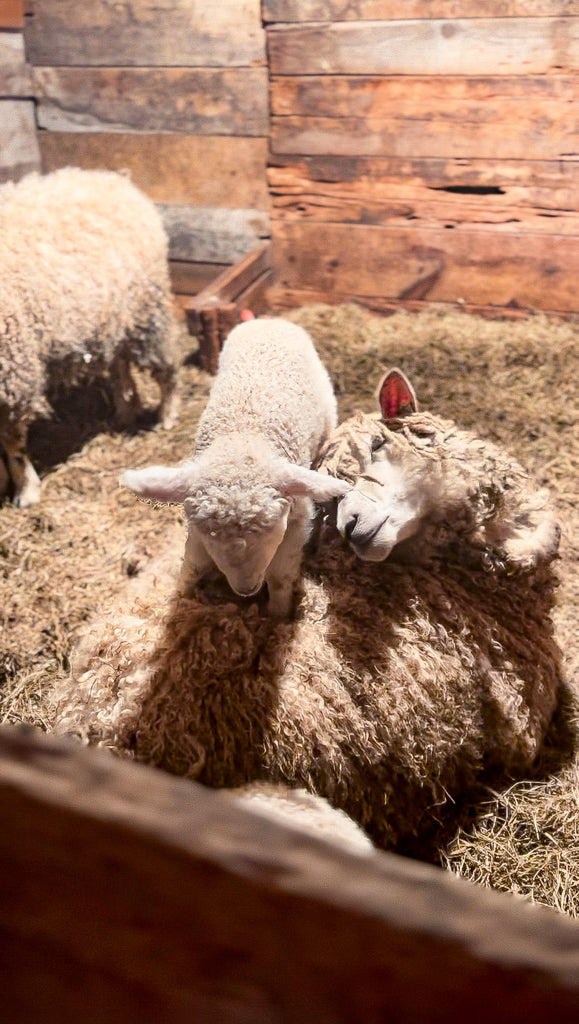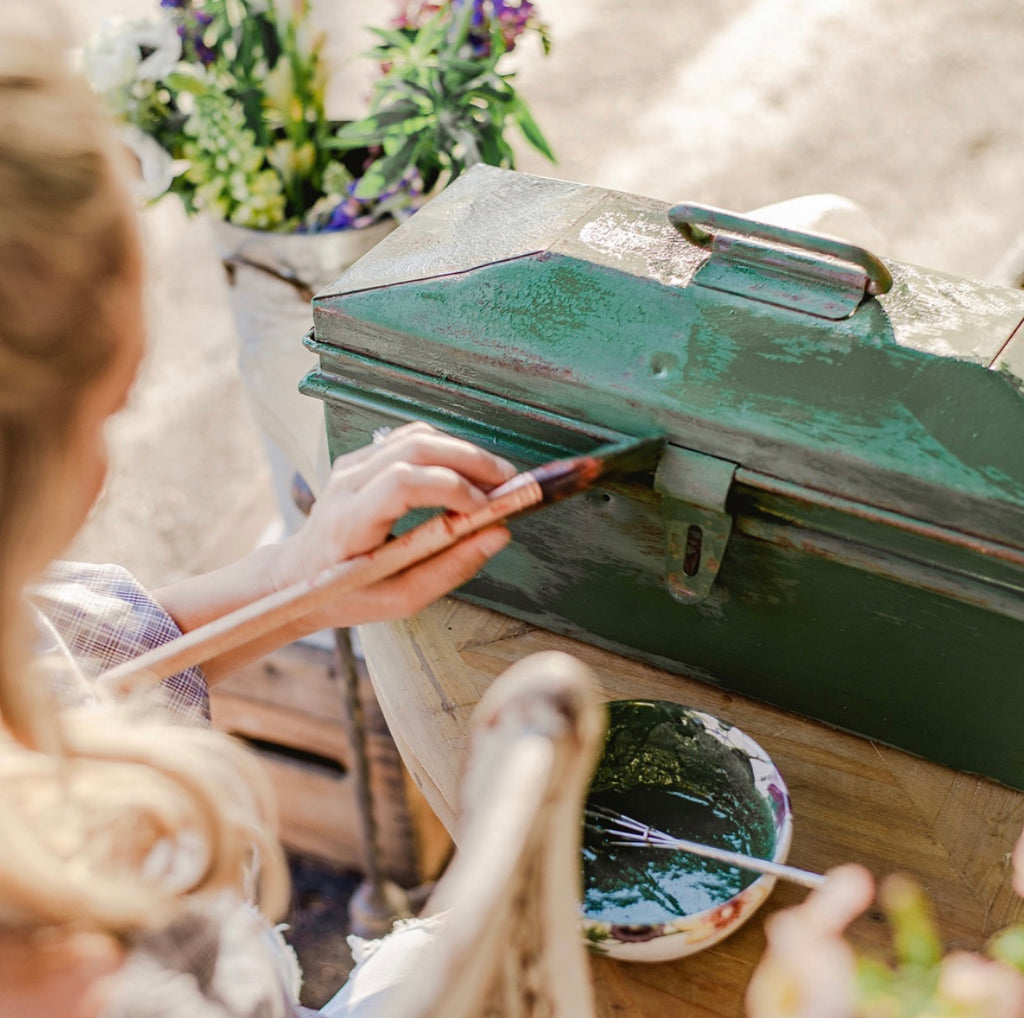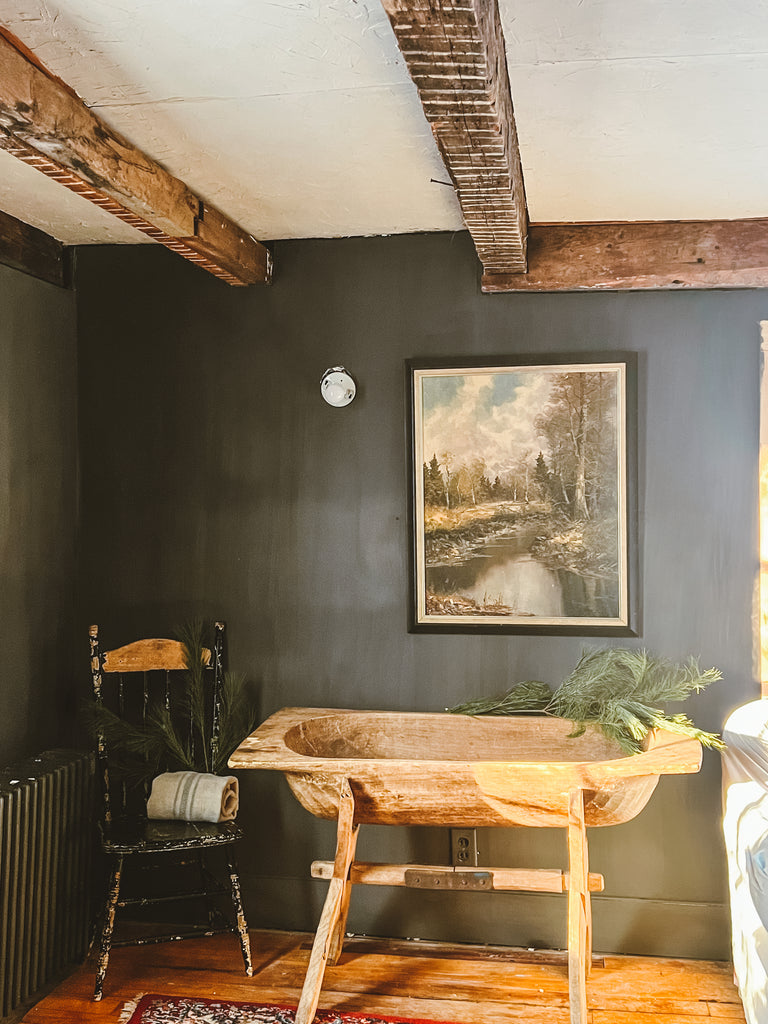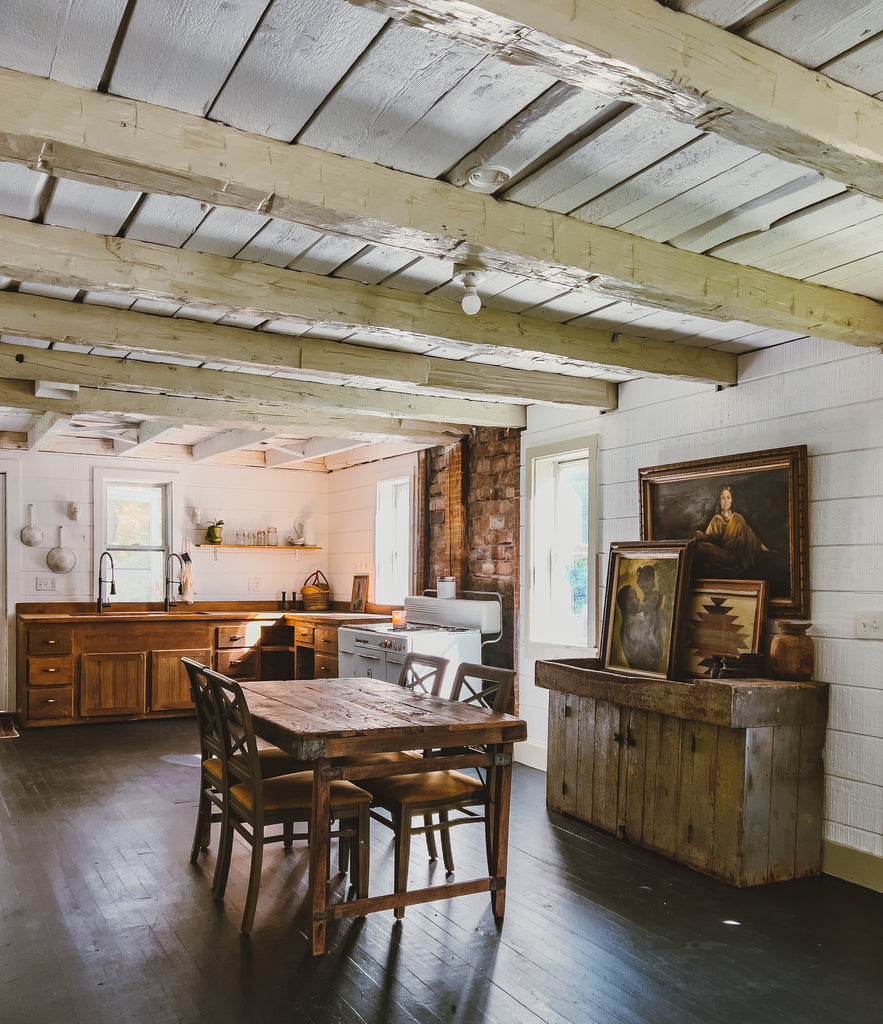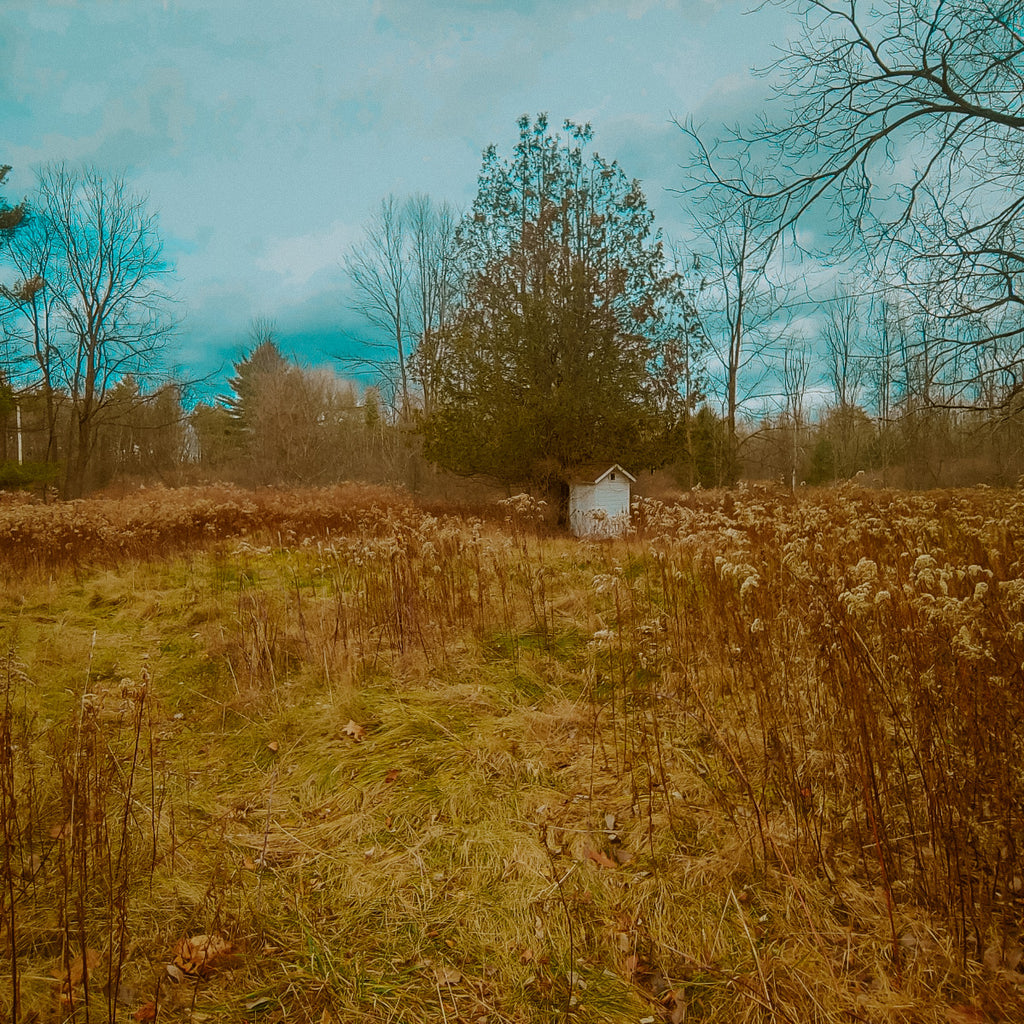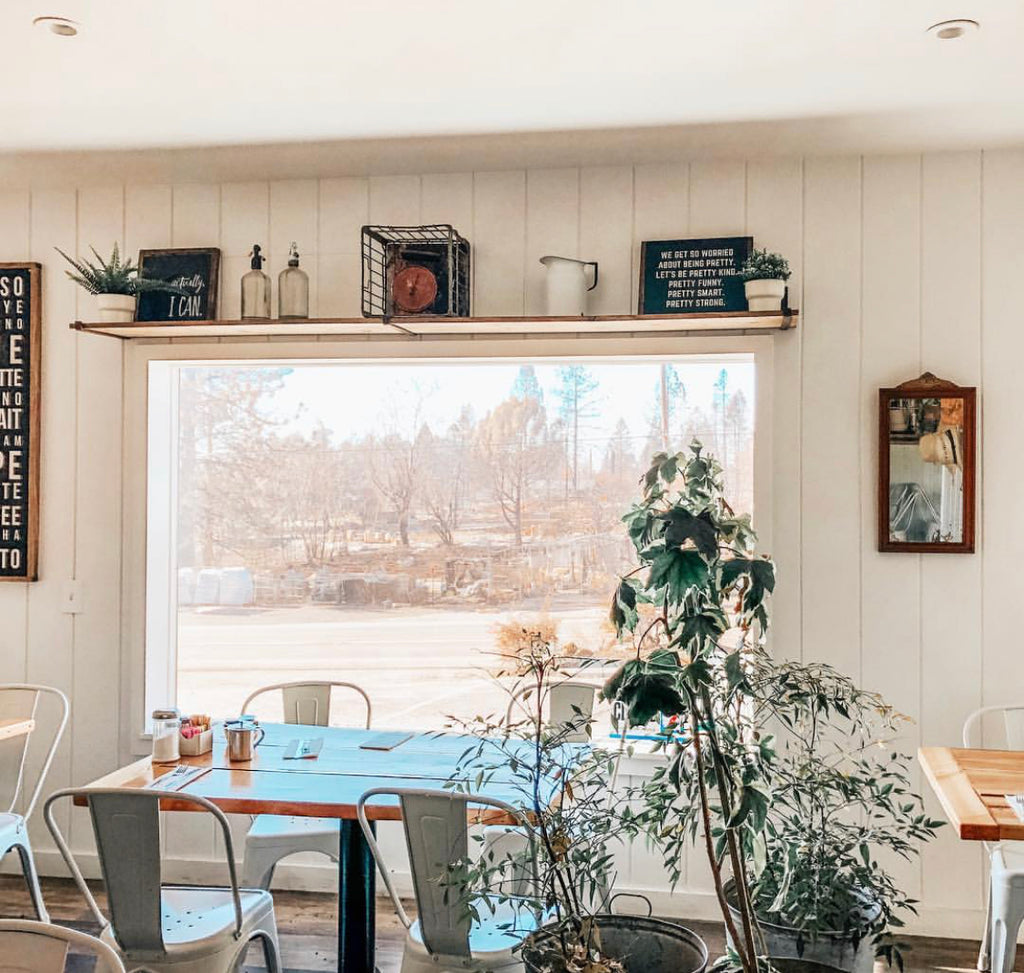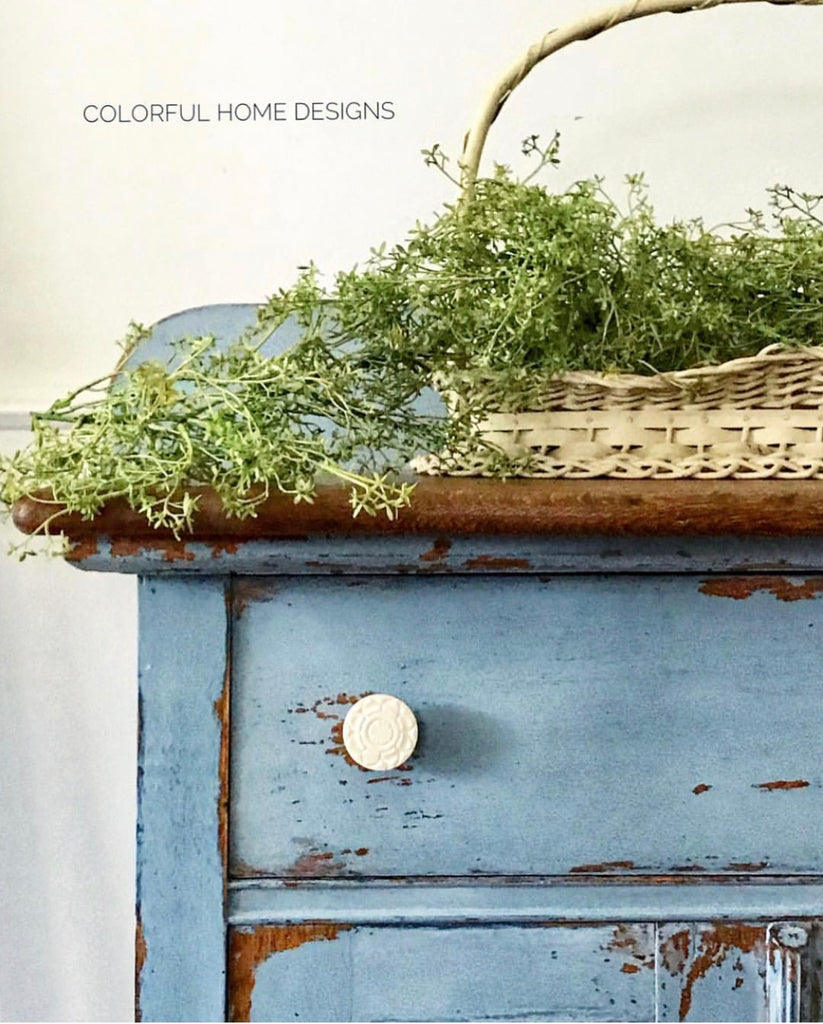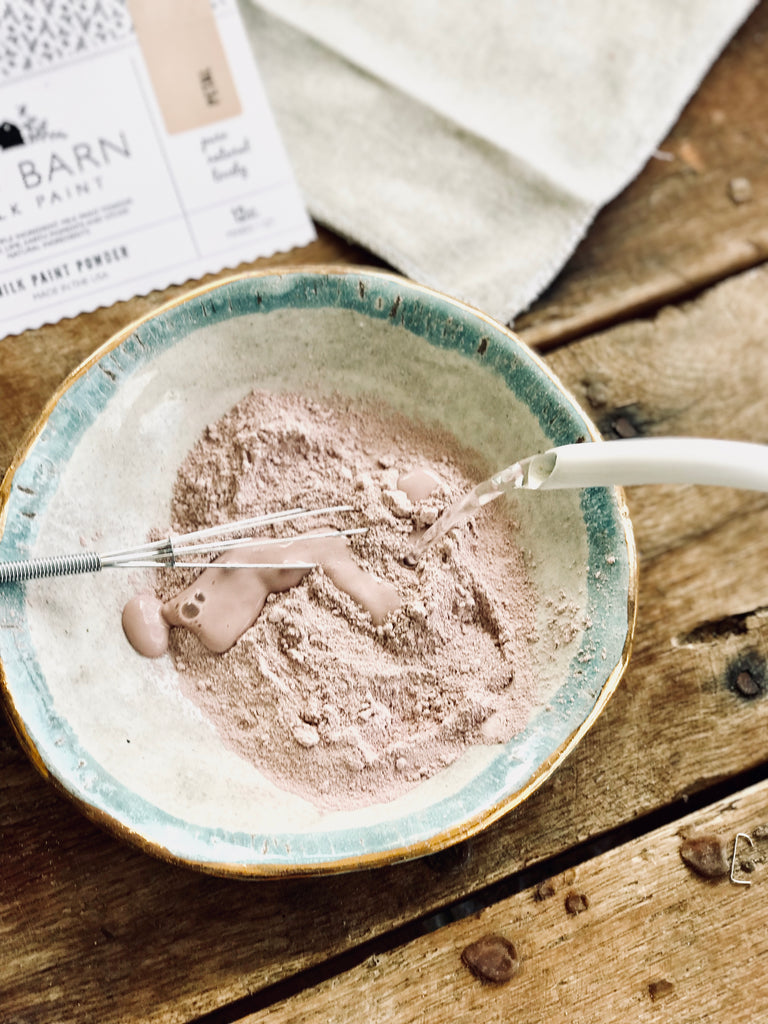Our homestead journey
Embarking on a homesteading journey and restoring a historic property is not for the faint of heart. It requires a lot of hard work, dedication, and a willingness to take on new challenges. But for us, it is the fulfillment of a lifelong dream to live in harmony with nature, history, and each other.
Continue reading
